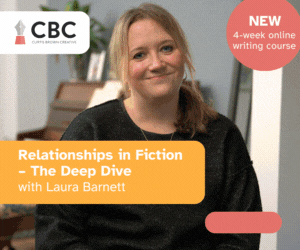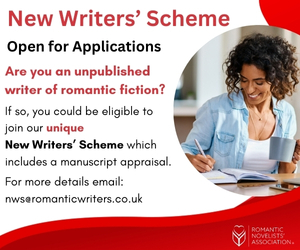Nicola Cornick: Escape To An Intriguing Past
8 February 2019
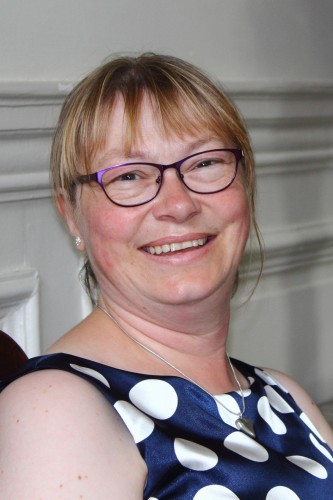 Today on the blog we have an author whose name you’ll all recognise – current RNA chair Nicola Cornick. Starting back in 1998 with her first novel, True Colours for Mills and Boon, Nicola now writes dual timeline fiction for HQ/Graydon House. Her newest novel, The Woman in the Lake, is published on 7th March, and is available to pre-order now. She’s here today to tell us about writing historical fiction and her adventures working at Ashdown Park.
Today on the blog we have an author whose name you’ll all recognise – current RNA chair Nicola Cornick. Starting back in 1998 with her first novel, True Colours for Mills and Boon, Nicola now writes dual timeline fiction for HQ/Graydon House. Her newest novel, The Woman in the Lake, is published on 7th March, and is available to pre-order now. She’s here today to tell us about writing historical fiction and her adventures working at Ashdown Park.
Thank you so much for inviting me to the blog today!
It’s great to have you here! What do you think it is about historical romance and romantic fiction that entrances readers? And what keeps you writing it?
Ooh, the big questions to start off! I love it. Well, firstly I think that the enduring appeal of romantic fiction derives from a number of different causes. Firstly there is the fact that storytelling is a big part of peoples’ lives and has been for millennia and romantic fiction is full of the best stories that speak about universal emotions. There’s also the huge appeal of a happy – or hopeful – ending. One of the things that fascinates me about romantic fiction is that some of the books reflect our lives whilst others offer a sense of escape and both of these are very valid and demonstrate what a broad and powerful genre it is.
I love historical romance; that’s probably what keeps me writing (and reading) it! It offers a different view on our familiar world and an escape to a mysterious and intriguing past. Most of us like feeling a sense of belonging, an idea of where we come from. Historical fiction is one of the ways we can feel connected to the past.
Over the twenty years you’ve been writing historical fiction, has anything changed in what readers and publishers want? What’s remained the same?
Longevity in the industry has given me some interesting views on trends. As with all genres, fashions in historical fiction come and go. When I started writing Regencies for Mills & Boon they were quite sweet and traditional in style. Then the fashion for much more sensual historical romance came in and now, slowly, we’re seeing a return in popularity of the traditional books alongside the others. It’s also great to see that LGBTQ historical romances are becoming more mainstream although there’s still quite a way to go there but at least there is a will to change.
Meanwhile there’s been the rise of “Queen books,” telling the lives of royal women, and a greater emphasis on the stories of women in history generally. These are hugely popular with readers as are books such as The Mermaid and Mrs Hancock that present history in a literary but accessible way. Publishers are keen to get their hands on those!
One trend that makes me laugh, a little hollowly perhaps, is the popularity of dual time novels. About 15 years ago I tried to sell an idea for a dual time novel and agents and publishers told me no one wanted to read them. Now they are everywhere and actually I think there has always been an appetite amongst readers for timeslip and dual time books.
Finally, one thing that hasn’t changed is the popularity of certain historical eras over others. I don’t think anything will ever rival the interest that there is in the Tudors!
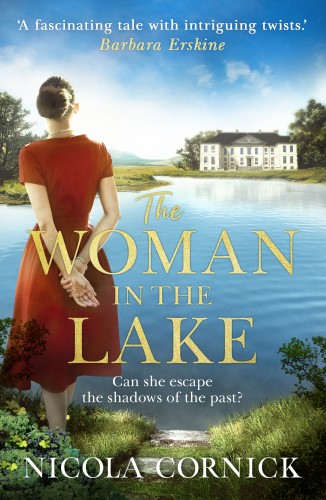 Are there any people or stories connected with Ashdown Park, the fabulous sixteenth-century hunting lodge where you work, who have found their way into your novels? How much of House of Shadows was inspired by the lodge?
Are there any people or stories connected with Ashdown Park, the fabulous sixteenth-century hunting lodge where you work, who have found their way into your novels? How much of House of Shadows was inspired by the lodge?
Thank you for mentioning Ashdown and its history – it’s certainly a passion of mine! House of Shadows was completely inspired by the house and the story of its owner, William Craven, and his secret marriage to Elizabeth, the Winter Queen. Theirs is such an intriguing history. House of Shadows is a triple time book and the 19th century thread was also inspired by the Craven family history, in this case the relationship between the Regency Earl of Craven, who was related to Jane Austen, and the famous courtesan Harriette Wilson.
You give talks about your historical research – have you ever been tempted to write historical non-fiction? Are there any historians whose books you’d particularly recommend?
I am planning a non-fiction history of the Ashdown estate, a biography of the place I suppose you would call it. Ideally I would love to write a non-fiction companion book to each of my dual time novels, giving the history behind the book. (Editors please take note!)
It’s another interesting trend that a number of historians have chosen to move to fiction-writing, having started with non-fiction. I’m thinking of authors such as Alison Weir and Lucy Worsley for example. I enjoy reading historical non-fiction very much and particularly admire the writing of Michael Wood a long-time hero of mine, David Olusoga and Janina Ramirez.
You used to watch costume dramas with your grandmother. Which were your favourites, and are there any you’re a fan of today? Do you have a historical costume of your own, or what would your perfect one be? I ask as I have an 1840s costume…
My all-time favourite was the original Poldark. That was the one I particularly remember watching with my grandmother as a child. I loved everything about it. The remake had its strong points but the original will always be first in my heart! I love some of the lesser known historical films such as St Ives, and Plunkett and Macleane as well.
I don’t actually have a historical costume of my own but we have a costume rail at Ashdown where visitors to the house can dress up in 17th century outfits. One day I decided to do my guided tour in a cavalier costume; I was cross-dressing because there are so many steps to the roof that a long skirt was very impractical. I had a cravat and a hat with a feather and all the works – I adored it! I was only sorry that for health and safety reasons they wouldn’t let me carry a sword or pistol!
About the author
Nicola Cornick is an international bestselling and award-winning novelist who has written over thirty historical romances and historical mysteries in a career spanning twenty years. Her books sell in over twenty five countries, have been translated into many languages and been published in multiple formats including e-book, audio and manga. Nicola is the current chair of the Romantic Novelists’ Association UK.
Nicola studied History at the University of London and at Ruskin College Oxford and worked in academia for a number of years before becoming a full-time author. She volunteers as a guide and researcher for the National Trust at the 17th century Ashdown House and gives talks and seminars on a number of historical topics. She has spoken at the London Book Fair and at literary festivals including Oxford and Sharjah. In her spare time she is a guide dog puppy walker.
The Woman in the Lake is available to pre-order now on Kindle, in paperback and as an audiobook.
Find out more about Nicola at her website, and follow her on Facebook, Twitter, Instagram, Bookbub, Goodreads and on Amazon.
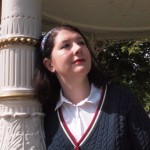 About the interviewer: Eleanor Harkstead is from the south-east of England and now lives somewhere in the Midlands. She has a large ginger cat who resembles a Viking. Her m/m romantic fiction, co-written with Catherine Curzon, spans WW1 to the present day and is published by Pride. Historical paranormal series The de Chastelaine Chronicles will be unleashed this Spring by Totally Bound. You can find out more about Eleanor at her website: curzonharkstead.co.uk, on Twitter, Facebook, and Instagram.
About the interviewer: Eleanor Harkstead is from the south-east of England and now lives somewhere in the Midlands. She has a large ginger cat who resembles a Viking. Her m/m romantic fiction, co-written with Catherine Curzon, spans WW1 to the present day and is published by Pride. Historical paranormal series The de Chastelaine Chronicles will be unleashed this Spring by Totally Bound. You can find out more about Eleanor at her website: curzonharkstead.co.uk, on Twitter, Facebook, and Instagram.

